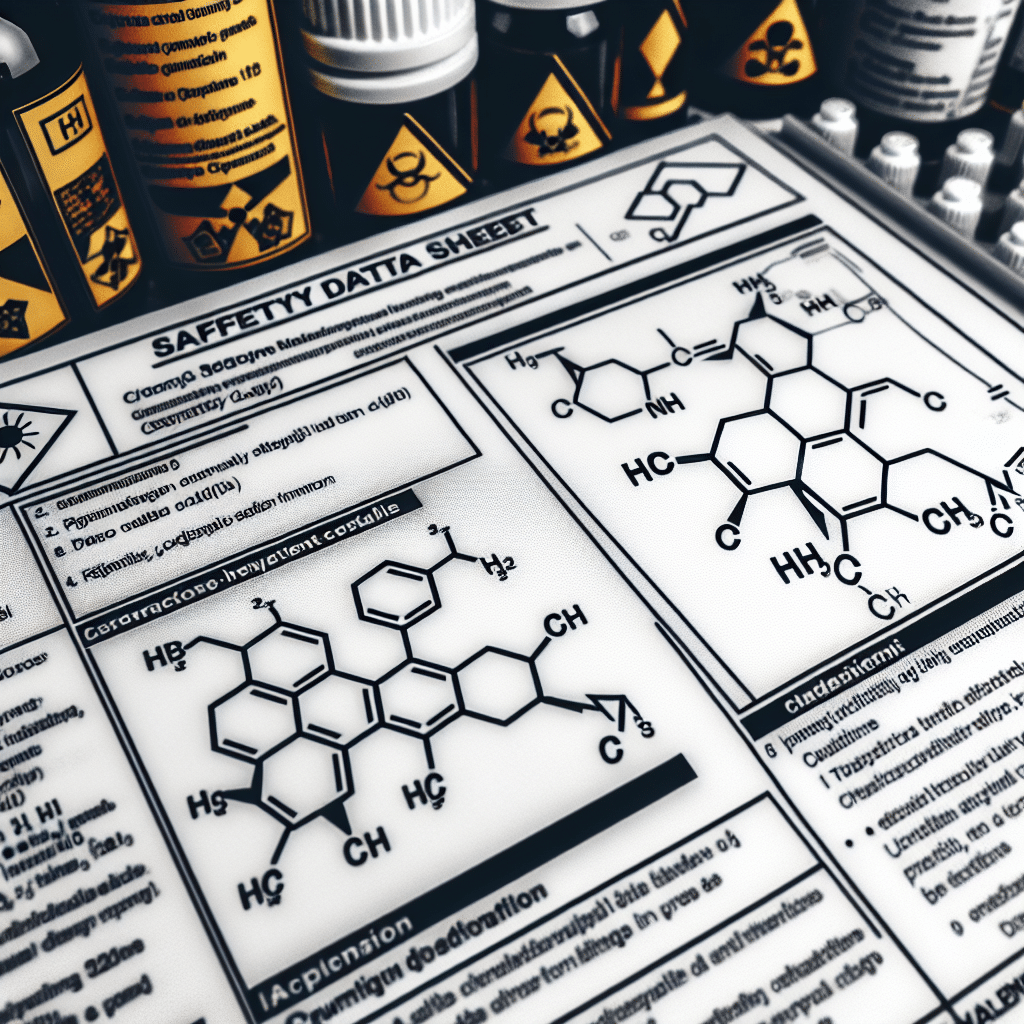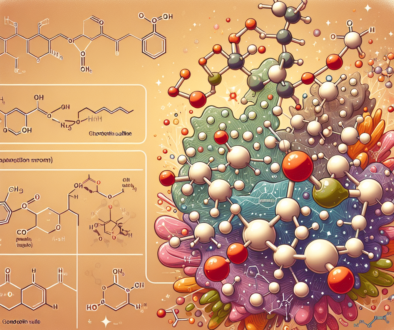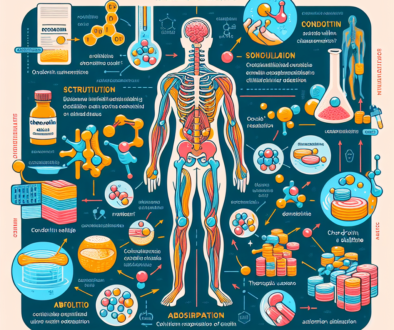Resorcinol MSDS: Safety Data Sheet
-
Table of Contents
- Resorcinol MSDS: Essential Safety Data Sheet Insights
- Understanding Resorcinol and Its Applications
- Key Sections of a Resorcinol MSDS
- Hazard Identification and Risk Management
- Safe Handling and Storage Practices
- First-Aid Measures and Emergency Procedures
- Exposure Controls and Personal Protective Equipment
- Environmental Precautions and Waste Disposal
- Transportation and Regulatory Information
- Conclusion: The Importance of Resorcinol MSDS
- Discover ETChem’s Protein Products
Resorcinol MSDS: Essential Safety Data Sheet Insights

Resorcinol is a chemical compound widely used in various industries, from pharmaceuticals to manufacturing. As with any chemical, understanding its properties, potential hazards, and safety measures is crucial for handling and storage. This article delves into the Material Safety Data Sheet (MSDS) for resorcinol, providing valuable insights into its safe usage.
Understanding Resorcinol and Its Applications
Resorcinol (C6H6O2) is a dihydroxy benzene derivative that appears as white or light pink crystals or powder with a faint, characteristic odor. It is soluble in water, alcohol, and ether. Its applications are diverse, including:
- Production of adhesives and bonding agents, especially for wood products and automotive tires.
- Manufacturing of dyes, plastics, and fibers.
- Use in pharmaceuticals for topical antiseptics and disinfectants.
- Formulation of hair dyes and acne treatments.
Key Sections of a Resorcinol MSDS
A Material Safety Data Sheet for resorcinol typically includes several key sections that provide comprehensive information about the substance. These sections are:
- Identification of the substance and supplier details.
- Hazard identification, including GHS classification and labeling.
- Composition and information on ingredients.
- First-aid measures for exposure or accidents.
- Fire-fighting measures and suitable extinguishing techniques.
- Accidental release measures for containment and cleanup.
- Handling and storage requirements.
- Exposure controls and personal protection equipment (PPE).
- Physical and chemical properties.
- Stability and reactivity data.
- Toxicological information.
- Ecological information regarding environmental impact.
- Disposal considerations for waste management.
- Transport information for shipping and handling.
- Regulatory information and compliance guidelines.
- Other relevant information, including revision dates and references.
Hazard Identification and Risk Management
Resorcinol is classified as a hazardous substance, and its MSDS reflects this. It can pose health risks such as skin irritation, serious eye damage, and respiratory issues upon exposure. To manage these risks, the MSDS provides detailed information on the substance’s GHS (Globally Harmonized System) classification, hazard statements, precautionary statements, and pictograms for easy identification of the risks associated.
Safe Handling and Storage Practices
Proper handling and storage of resorcinol are critical to ensure safety in the workplace. The MSDS outlines specific guidelines, such as:
- Storing resorcinol in a cool, dry, and well-ventilated area away from incompatible materials.
- Using appropriate containment to minimize the risk of environmental contamination.
- Employing grounding and bonding techniques to prevent static discharge.
- Ensuring that all personnel handling resorcinol are trained and equipped with the necessary PPE.
First-Aid Measures and Emergency Procedures
In the event of exposure or an accident involving resorcinol, the MSDS provides crucial first-aid measures. These include instructions for inhalation, skin and eye contact, and ingestion, as well as advice on when to seek medical attention.
Exposure Controls and Personal Protective Equipment
To minimize exposure to resorcinol, the MSDS recommends engineering controls such as fume hoods and local exhaust ventilation. It also details the PPE required, including:
- Respiratory protection when adequate ventilation is not available.
- Protective gloves and clothing to prevent skin contact.
- Safety goggles or face shields to protect the eyes.
Environmental Precautions and Waste Disposal
The ecological impact of resorcinol is a concern, and the MSDS provides guidance on how to prevent environmental contamination. It also outlines proper disposal methods for resorcinol waste, emphasizing compliance with local, state, and federal regulations.
Transportation and Regulatory Information
Transporting resorcinol requires adherence to specific regulations to ensure safety. The MSDS includes information on proper shipping names, hazard classes, and packing groups. Additionally, it lists any regulatory information pertinent to resorcinol, including international treaties and national laws.
Conclusion: The Importance of Resorcinol MSDS
The Material Safety Data Sheet for resorcinol is an essential document that provides comprehensive information on the safe handling, storage, and disposal of this chemical. By adhering to the guidelines outlined in the MSDS, industries can mitigate health risks, ensure regulatory compliance, and maintain a safe working environment.
Discover ETChem’s Protein Products
While resorcinol plays a significant role in various applications, proteins are fundamental to numerous biological processes and industries. ETChem offers a range of high-quality protein products that cater to diverse needs. Their offerings include marine, fish, bovine, chicken, type I, II, and III collagens, suitable for nutraceutical, pharmaceutical, cosmeceutical, veterinary, and food and beverage industries. ETChem’s expertise in providing tailor-made collagen powder and finished collagen nutritional supplements makes them a go-to source for your protein requirements.
About ETChem:
ETChem, a reputable Chinese Collagen factory manufacturer and supplier, is renowned for producing, stocking, exporting, and delivering the highest quality collagens. They include marine collagen, fish collagen, bovine collagen, chicken collagen, type I collagen, type II collagen and type III collagen etc. Their offerings, characterized by a neutral taste, instant solubility attributes, cater to a diverse range of industries. They serve nutraceutical, pharmaceutical, cosmeceutical, veterinary, as well as food and beverage finished product distributors, traders, and manufacturers across Europe, USA, Canada, Australia, Thailand, Japan, Korea, Brazil, and Chile, among others.
ETChem specialization includes exporting and delivering tailor-made collagen powder and finished collagen nutritional supplements. Their extensive product range covers sectors like Food and Beverage, Sports Nutrition, Weight Management, Dietary Supplements, Health and Wellness Products, ensuring comprehensive solutions to meet all your protein needs.
As a trusted company by leading global food and beverage brands and Fortune 500 companies, ETChem reinforces China’s reputation in the global arena. For more information or to sample their products, please contact them and email karen(at)et-chem.com today.




